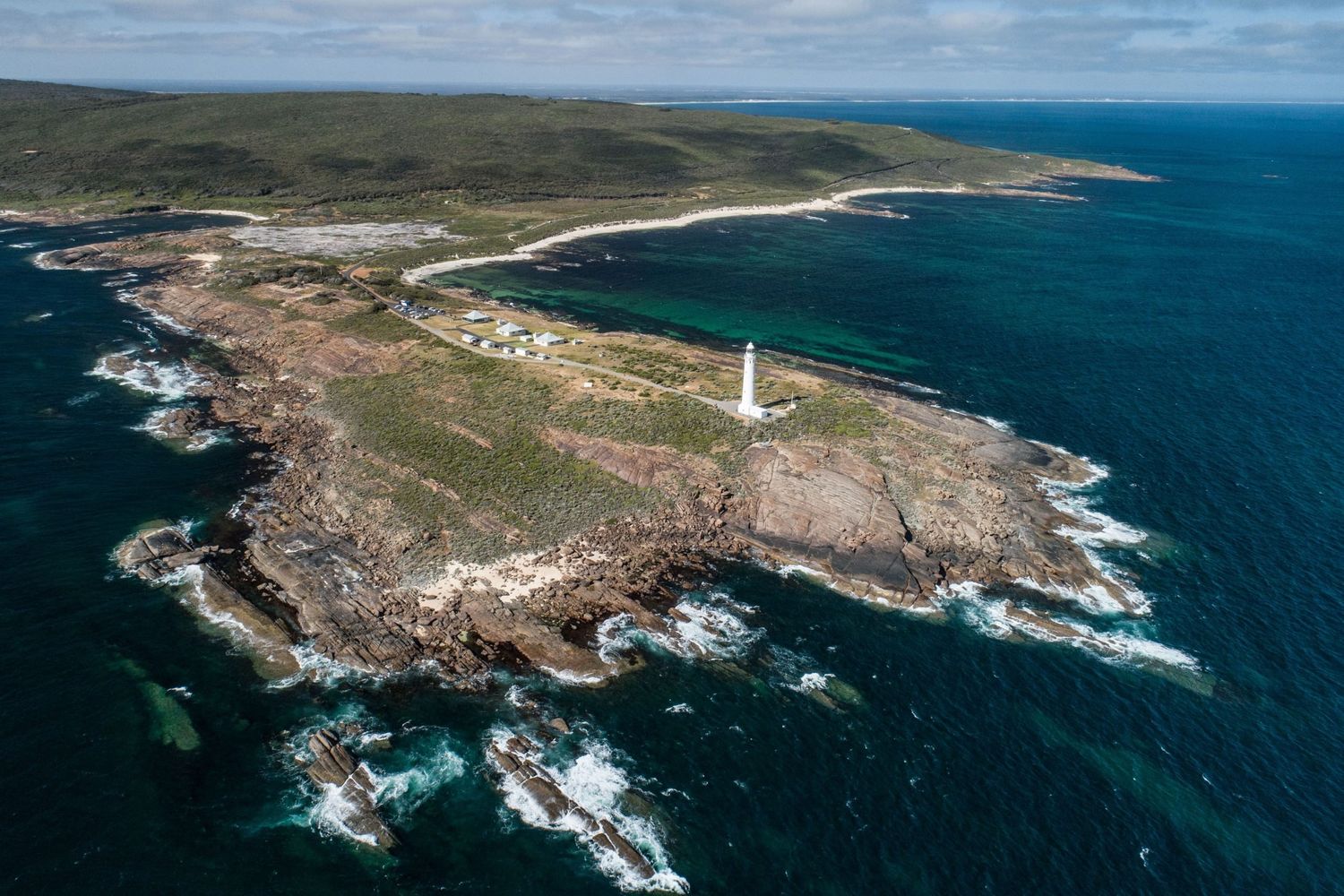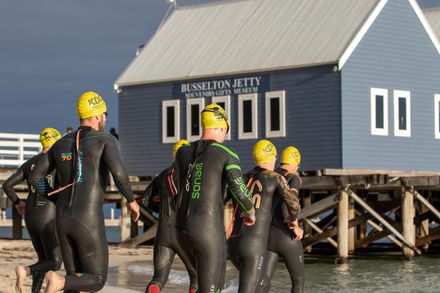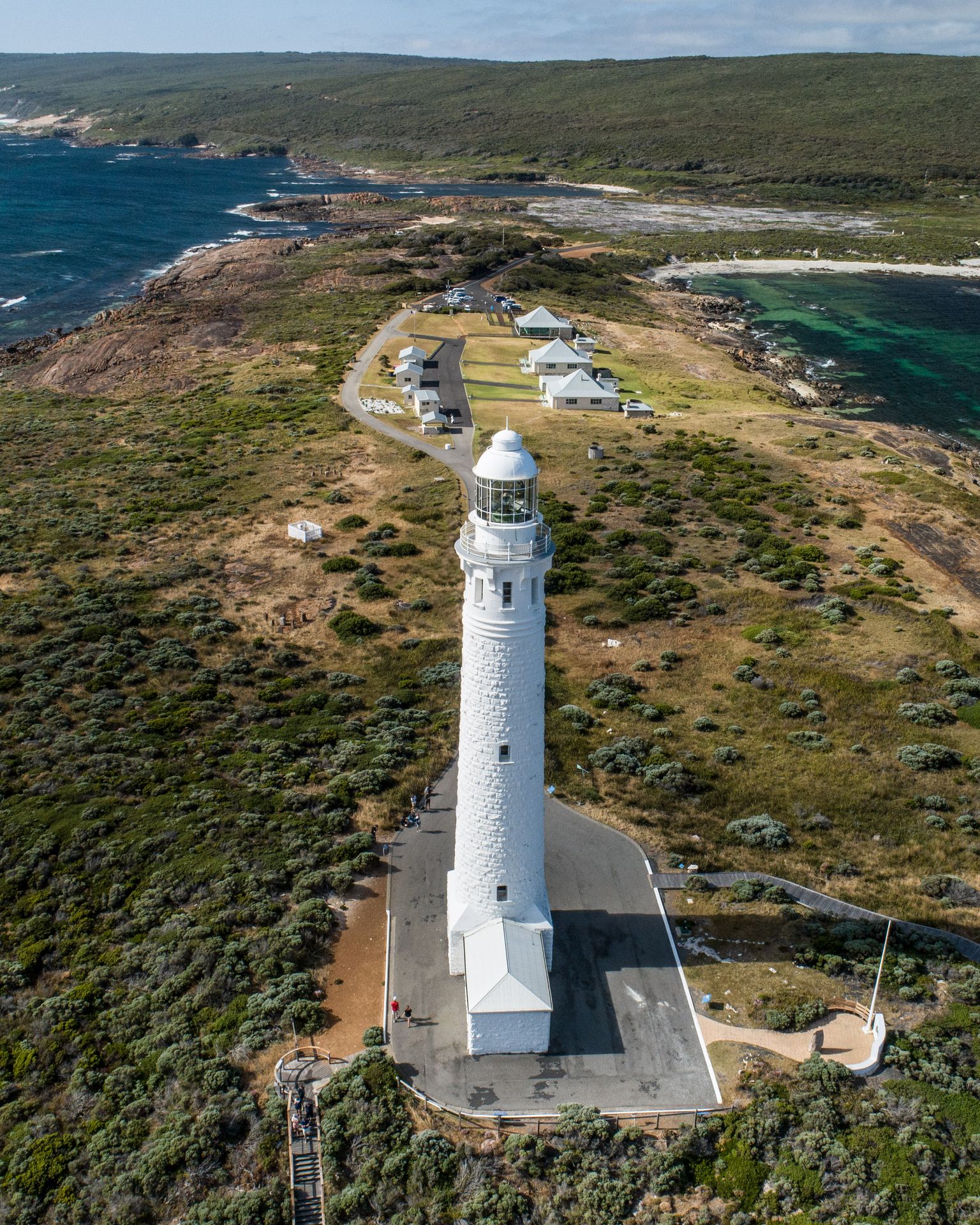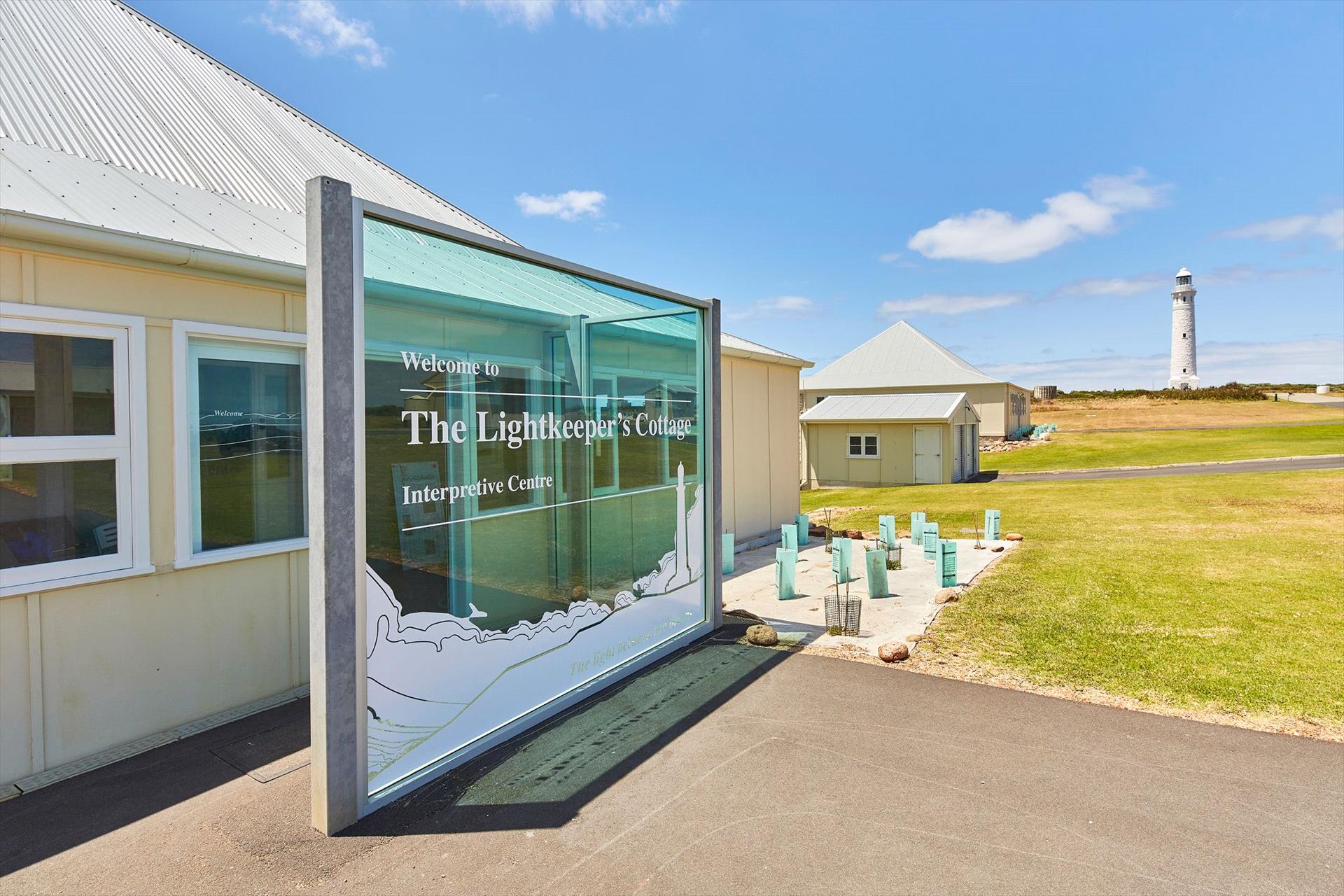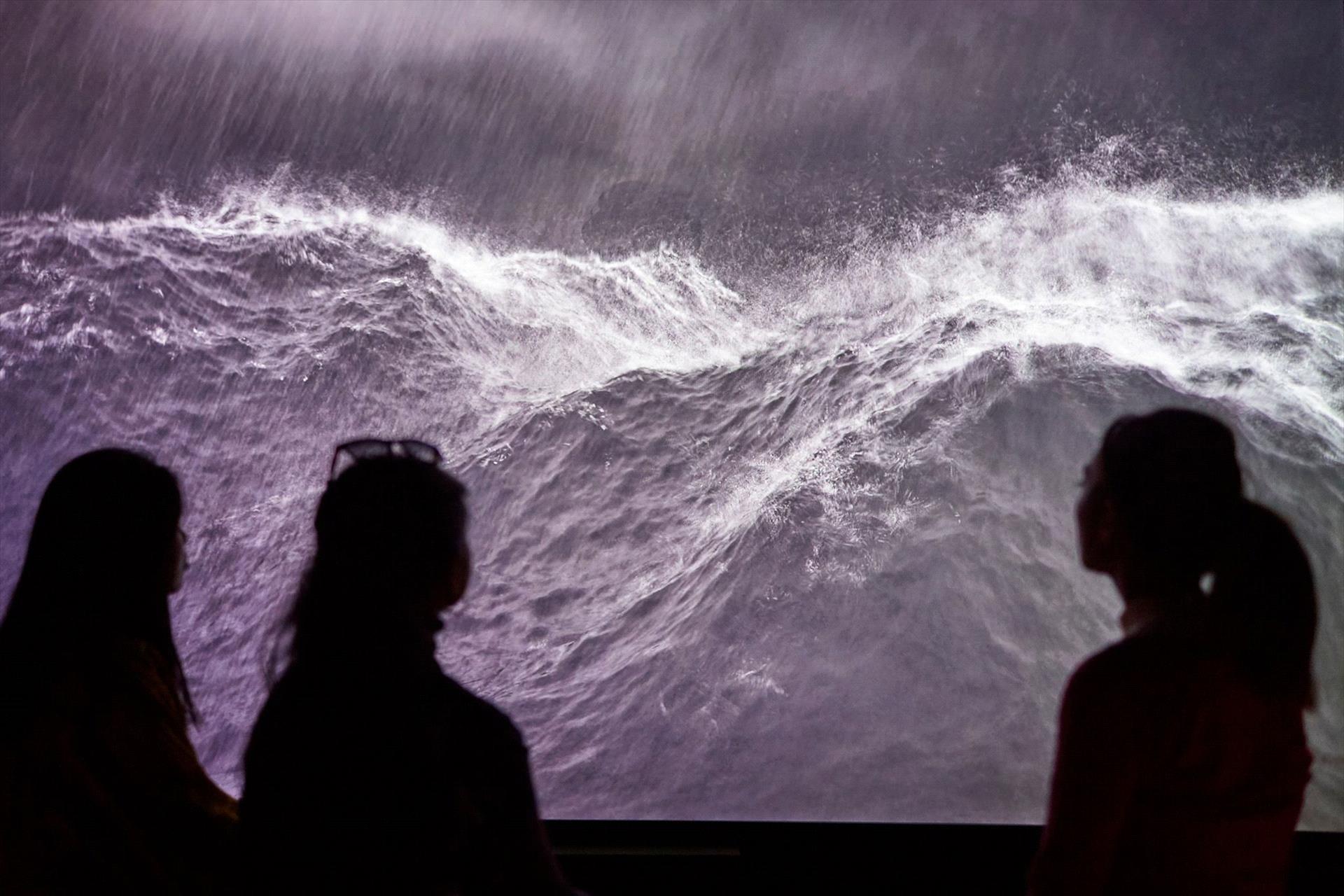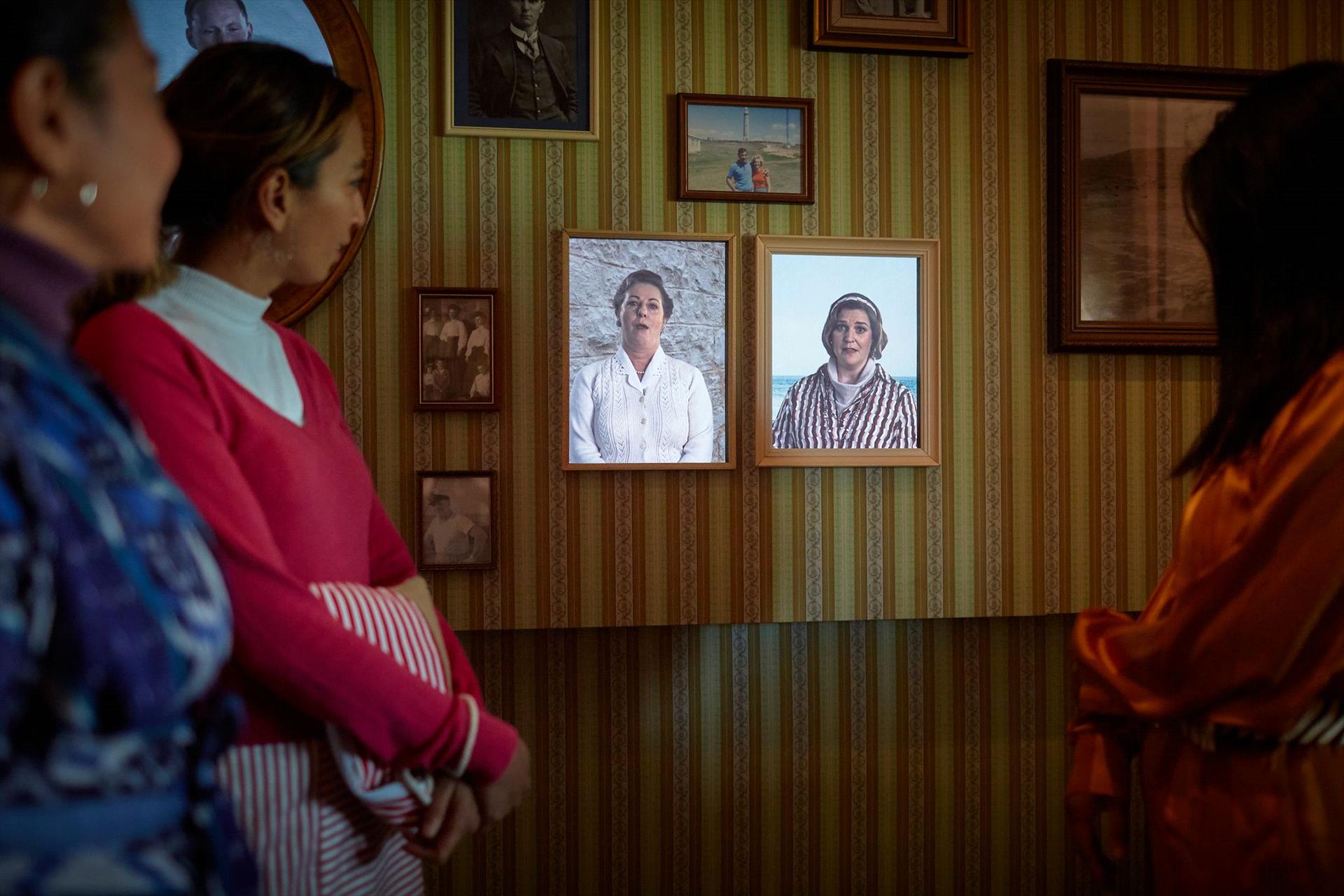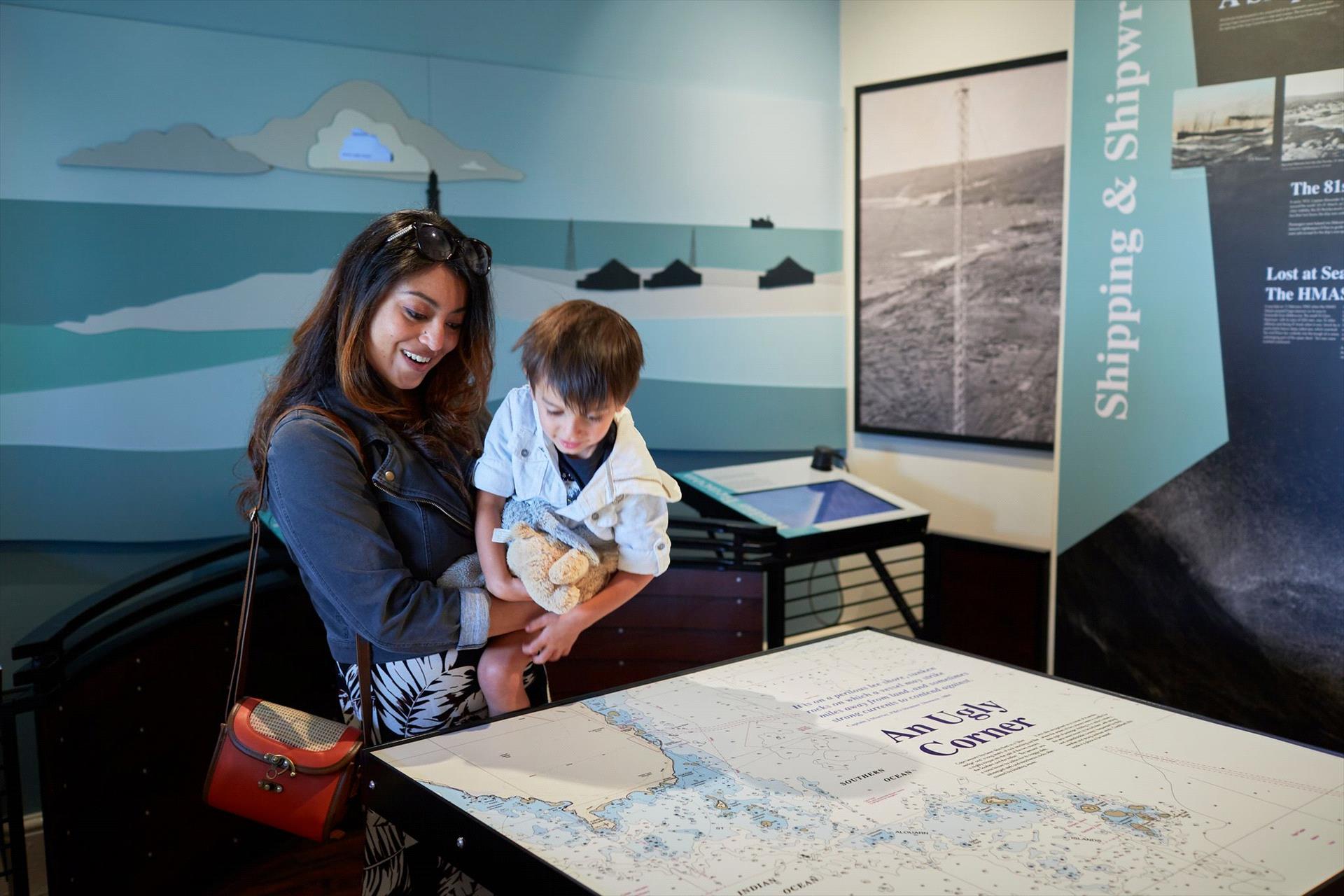A new visitor experience gives insight into harsh and lonesome conditions that lighthouse keepers endured to keep the light on at Cape Leeuwin Lighthouse in Augusta.
A new Interpretive Centre at Cape Leeuwin Lighthouse in Augusta opened this week. Housed in one of the original lighthouse keeper cottages, and spread over the four main rooms, the exhibition shares the fascinating stories of the families who once lived at the tallest lighthouse in mainland Australia through animated film, interactive technology and artefacts.
The permanent exhibition space explores the stories and people associated with Cape Leeuwin from its 1895 inception through to the last lighthouse keeper’s departure in 1996, when the site became fully automated.
Steering the creative was production company Gibson Group, who were part of the design team responsible for the award-winning National Anzac Centre in Albany. The result is an engaging and emotional experience, transporting you back to the harsh and lonesome conditions endured by lighthouse keepers and their families.
Project director Brett Tompkins has been involved in this project from the initial concept design right through to final installation and commissioning of the experience. “The intention of the exhibition is to be compelling without being overly encyclopaedic – to take the visitor on an emotional journey more than a factual history lesson. It is broad in appeal with stories on not only facts and figures about the lighthouse but also many personal stories about the people that lived here.”
